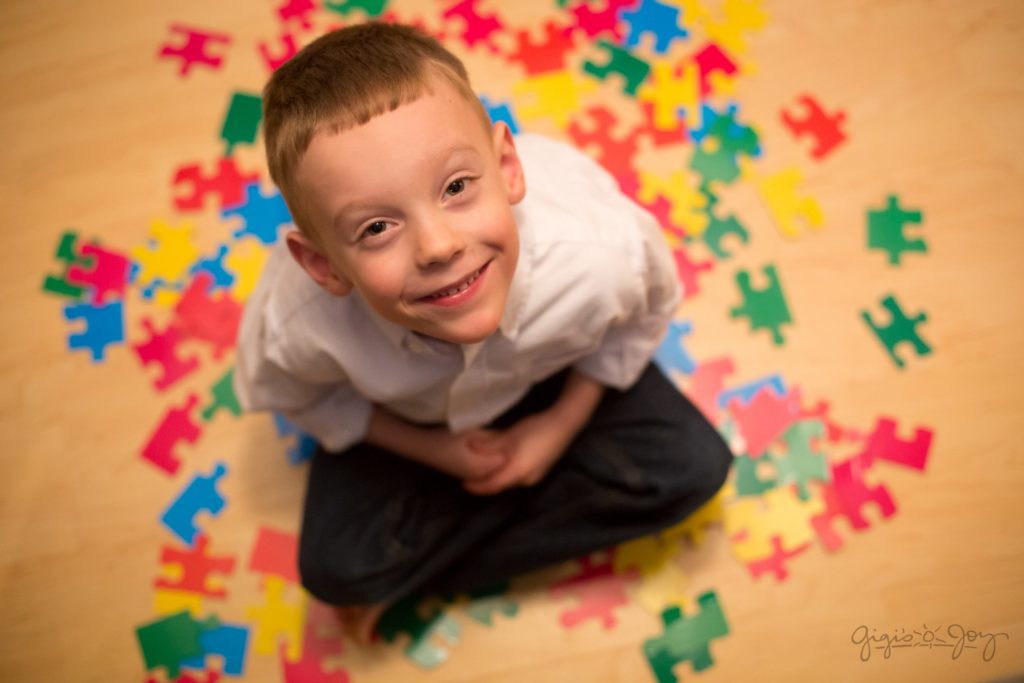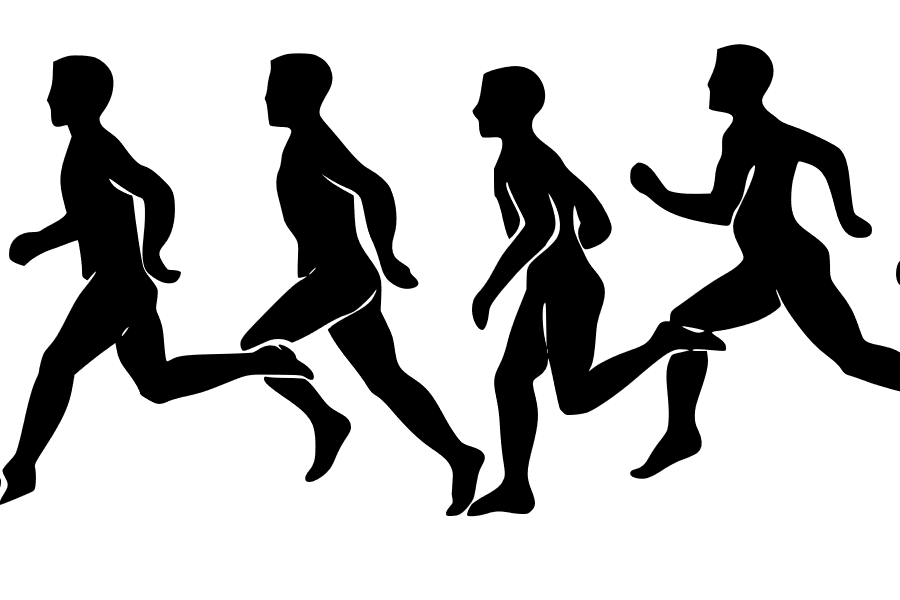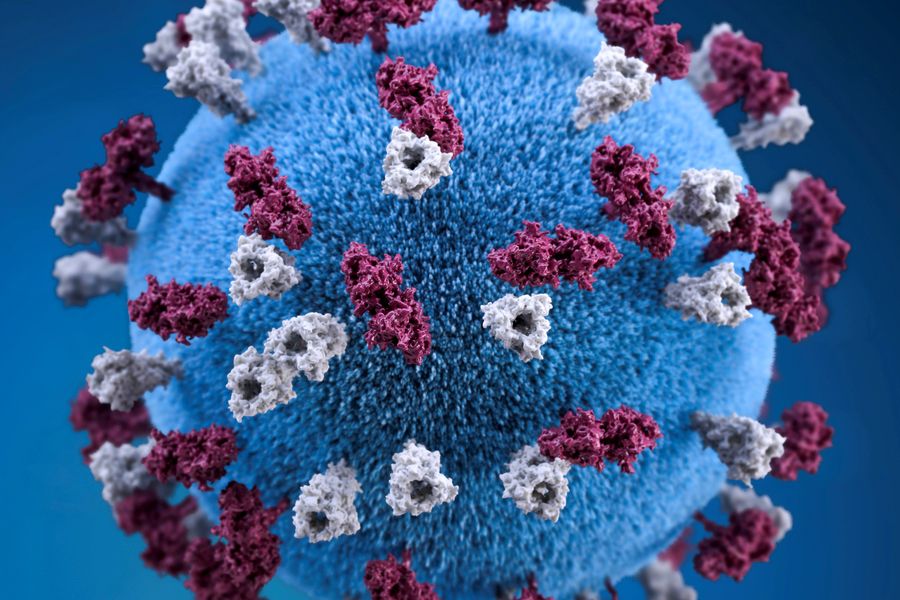Etiology:
The exact cause of ASD is unknown. However, certain risk factors have been identified.
- Genetics.
Having an ASD sibling and certain chromosomal conditions, such as fragile X syndrome or tuberous sclerosis, are linked to an increased risk of developing ASD.
- Prenatal Factors.
If a woman has gestational diabetes, bleeds after the first trimester, uses prescription medications (e.g., valproate), or has complications during pregnancy, her child is more likely to develop ASD.
- Perinatal Factors.
This condition is also exacerbated by poor baby nutrition, an unhealthy lifestyle, and poor neonatal hygiene.
- Neuroanatomical Abnormalities.
Vitamin D, among other things, is required for the development of the foetal nervous system. ASD is associated with low vitamin D levels.
- Environmental Factors.
During pregnancy, exposure to air pollutants, heavy metals, infectious diseases, pesticides, alcohol, smoking, and stress may increase the risk of autism.
Diagnosis:

A definitive diagnosis of autism may be difficult to make. A person must exhibit symptoms in both of the above-mentioned categories of symptoms in order to be diagnosed with autism.
In children, a doctor makes a diagnosis based on observations of the child’s behavior and development.
During routine checkups, developmental milestones are typically monitored in all children.
When a doctor suspects a child has autism, the child is eventually tested for developmental abnormalities. If there are any, the doctor performs genetic screenings as well as other evaluations such as visual and auditory performance.
A team of specialists, including a pediatrician, a child psychologist, an occupational therapist, and a speech and language pathologist, confirms the diagnosis.
Read: AUTISM SPECTRUM DISORDER (ASD) – Part 1
Treatment:
ASD has no known cure. Instead, the condition is managed through supportive therapies and other considerations to make autistic people feel better or alleviate specific symptoms.
Non-pharmacological approaches include:
- behavioral therapy,
- play therapy through,
- occupational therapy,
- speech therapy,
- physical therapy and
- massages
Meditations to manage comorbidities such as depression, anxiety, compulsive disorders, personality disorders, and so on are used pharmacologically to help some autistic people.
Alternative treatments for autism include:
- dietary restrictions,
- high-dose vitamins,
- chelation therapy, which involves flushing metals from the body,
- hyperbaric oxygen therapy, and
- melatonin to address sleep issues.
However, treatment outcomes vary. Certain approaches may work well for some people while not for others.
It is best to follow the treatment plan recommended by the doctor.
Follow Through:
Autism is typically a lifelong disorder.
Autistic people’s abilities and needs vary and can change. Most importantly, autism frequently has an impact on people with autism’s education and employment opportunities. It also has a toll on the families who care for and support these individuals.
This is one of the many issues that autistic people face, along with discrimination and stigmatization.
As a result, society must play a role in determining and improving the quality of life for people with autism.
The World Health Organization has designated April 2 as World Autism Awareness Day, recognizing that understanding autism and autistic people begins with raising awareness of the condition.

End the stigma against autism!





Great Article Miracle. Learnt some new things on ASDs